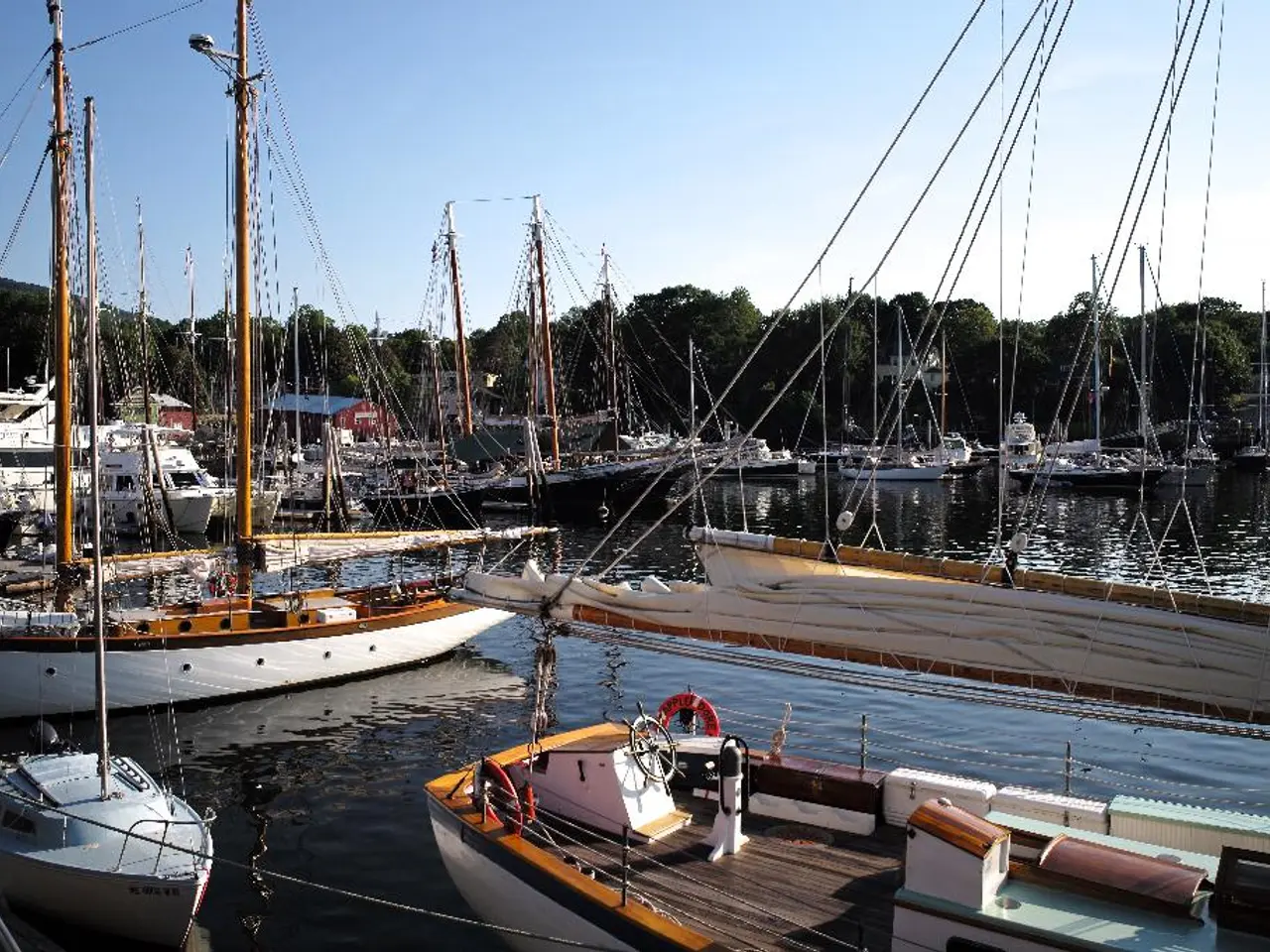Study Week 1: Exploration Vessel Tangaroa
The RV Tangaroa is New Zealand’s premier research vessel, specially designed for Antarctic exploration and research, as well as studies in the South Pacific and Southern Ocean. This ice-strengthened, dynamically positioned deep-water research vessel serves as a critical asset for New Zealand and international scientific missions.
A Versatile Research Platform
The RV Tangaroa functions as a sophisticated platform for ocean science and environmental surveys. It enables high-resolution seabed mapping and studies of water column and seabed geology. The vessel supports multidisciplinary research, including physical, chemical, biological, and geological oceanography. Its precise positioning and station-keeping capabilities are crucial for deploying instruments and conducting detailed sampling near Antarctica.
Robust Capabilities
Equipped with an ice-strengthened hull, the RV Tangaroa can operate in Antarctic and Southern Ocean ice-affected waters. Its Dynamic Positioning system (DP2) allows the vessel to hold position or follow precise tracks automatically, even in rough sea conditions. The vessel is also armed with a multibeam echosounder for hydrographic-quality seabed surveying, a sub-bottom profiler for imaging geological structures up to 200 meters below the seabed, and the ability to conduct deep-water sampling and measurements throughout the full water column.
State-of-the-Art Equipment
The RV Tangaroa boasts a range of advanced equipment, including seismic survey equipment, sampling gear, sensors and measurement systems, navigation and positioning systems, and support for diving operations and the deployment of scientific instrumentation. Its winches have wire lengths of up to 10km for various research tasks, such as towed nets for collecting fish, sleds/dredges for bottom-dwelling animals, a multicorer for samples of seabed organisms, and nets for sampling plankton and living animals in the water column.
On Board Facilities
The RV Tangaroa offers several laboratories dedicated to running equipment and experiments. These include a dry lab with computers, plankton nets, and underwater cameras; a plankton lab; an area for sorting, identifying, and preserving animals from the seafloor; a sterile lab for preparing samples for bacterial work; a wet lab where fish are measured and identified, and samples are taken; a constant temperature lab for bacterial work; and -30°C and -80°C freezers for sample preservation. There is also a camera work station on board for watching the data from the DTIS cameras coming on board.
Crew and Operations
The ship's engine and generators are kept running by two engineers, who also have skills beyond engineering, such as electrician, plumber, welder, and fitter. The deck crew work in two watches, each with 4 men, and are responsible for preparing nets and scientific equipment, laying down rubber matting, closing up vents, and standing watches on the bridge. The RV Tangaroa carries enough fuel and food for 60 days on a voyage, and it can accommodate a maximum of 44 people, with 26 science personnel and the rest being crew on the voyage to the Ross Sea.
Navigation and Safety
The Officer of the Watch in the navigation bridge uses a small wheel to turn the ship, and the ship follows a preprogrammed course using the automatic pilot. The RV Tangaroa is equipped with emergency gear for all personnel to survive on shore for several days in the Antarctic environment. The vessel moves like a giant skateboard, measuring 70 meters in length and weighing 3,000 tonnes. It has an ice rating that allows it to break through 0.3 meters of year-old sea ice and push older floes out of its path. The ship carries three other craft: the 10.5 meter survey boat Pelorus and two rigid inflatables. Currently, the RV Tangaroa is sailing through pancake ice, which is sea ice formed in a particular shape due to wave action.
In summary, the RV Tangaroa’s design as an ice-strengthened, dynamically positioned platform with advanced oceanographic, geophysical, and seabed survey equipment makes it a critical asset for New Zealand and international scientific missions in Antarctic waters and beyond.
[1] New Zealand Antarctic Research Programme (NZARP). (n.d.). RV Tangaroa. Retrieved from https://www.nzar.aq/research-vessels/rv-tangaroa/
[2] NIWA. (n.d.). RV Tangaroa. Retrieved from https://www.niwa.co.nz/our-work/our-vessels/rv-tangaroa
[3] Ministry for Primary Industries. (n.d.). RV Tangaroa. Retrieved from https://www.mpi.govt.nz/about-mpi/our-work/ocean-and-coast/ocean-research/research-vessels/rv-tangaroa/
This article is based on publicly available information and is intended to provide a general overview of the RV Tangaroa and its capabilities.
The RV Tangaroa serves as a vital platform for conducting research on climate-change, particularly in Antarctic and Southern Ocean regions, due to its advanced equipment for high-resolution seabed mapping and water column studies. Furthermore, its data-and-cloud-computing capabilities support deeper scientific insights, while technology like its Dynamic Positioning system and multibeam echosounder enhance environmental-science research.




